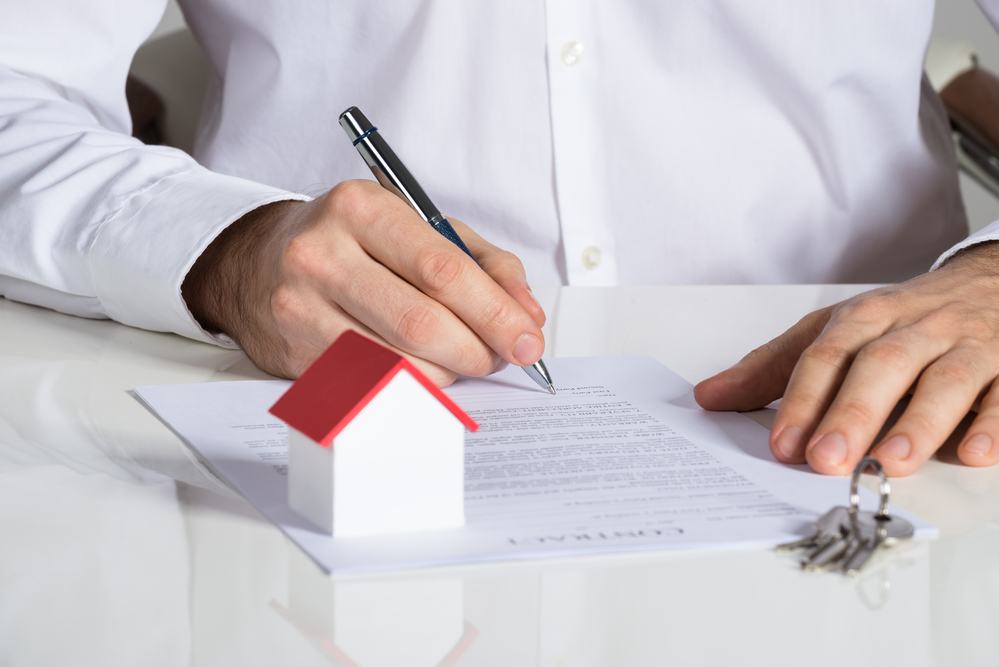
Buying a Home in Hawaii with an Unpermitted Area: What You Need to Know
Introduction:
Hawaii, with its stunning natural beauty and inviting tropical climate, has long been a dream destination for homebuyers. If you’re considering purchasing a property in the Aloha State, it’s essential to be well-informed about the potential challenges you might encounter, such as buying a home with an unpermitted area. In this article, we’ll explore what it means to buy a home with an unpermitted area in Hawaii, the associated risks and considerations, and steps you can take to navigate this situation successfully.
Understanding Unpermitted Areas:
An unpermitted area in a home refers to a space that has been modified or added without the proper permits and approvals from the local building authorities. These modifications could include additions, renovations, or even converted garages or basements. While unpermitted areas may offer additional living space or functionality, they can pose significant challenges during the buying process and potentially impact the value and future use of the property.
Risks and Considerations:
- Compliance with Building Codes: Unpermitted areas often lack inspections and adherence to building codes and safety standards. This means there may be unknown structural or safety issues that could pose risks to occupants and increase the cost of necessary remedies.
- Insurance and Lending Challenges: Insurers and lenders typically require homes to meet certain standards and have all modifications properly permitted. Purchasing a home with an unpermitted area could complicate the insurance process and make it challenging to secure a mortgage.
- Future Legal and Financial Implications: Unpermitted areas can result in potential legal consequences and financial liabilities for both buyers and sellers. Local authorities can require homeowners to bring the property into compliance, which may involve costly retroactive permitting, fines, or even removing the modifications.
Navigating the Process:
- Disclosure and Due Diligence: Sellers are legally obligated to disclose any unpermitted areas, and buyers should carefully review the seller’s disclosures before proceeding. Engage a qualified home inspector who specializes in Hawaii properties to assess the unpermitted area and identify any potential issues.
- Consult with Professionals: Seek guidance from a knowledgeable real estate agent and an experienced real estate attorney who understand the local regulations and can guide you through the process. They can help you assess the risks, negotiate with the seller, and explore potential solutions.
- Legalizing Unpermitted Areas: Depending on the extent of the modifications and local regulations, it may be possible to retroactively permit the unpermitted area. Work with a licensed architect or contractor familiar with Hawaii’s building codes and permitting process to assess the feasibility and cost of bringing the area into compliance.
- Adjusting the Purchase Price: If you decide to proceed with the purchase, consider negotiating the price based on the existence of the unpermitted area. The cost of legalizing or remedying the area’s issues can be substantial, and adjusting the price can help mitigate the financial risks involved.
- Evaluate Your Options: Depending on your specific needs and circumstances, you may choose to proceed with caution, seek a different property, or work out an arrangement with the seller to address the unpermitted area before finalizing the purchase.
Conclusion:
Buying a home in Hawaii with an unpermitted area requires careful consideration and due diligence. While the allure of additional space or functionality may be tempting, it’s important to understand the risks and potential implications. Consult with professionals, conduct thorough inspections, and weigh the costs and benefits before making a decision. By doing so, you can navigate the process with confidence and make an informed choice that aligns with your needs and protects your investment in para
Hawaii Building Codes:
Hawaii has its own unique set of building codes and regulations that govern construction and modifications within the state. These codes are in place to ensure the safety, structural integrity, and compliance of buildings. Each county in Hawaii has its own local building department responsible for enforcing these codes.
When it comes to unpermitted areas, bringing the modifications into compliance with building codes is essential. This process typically involves obtaining after-the-fact permits and undergoing inspections to ensure that the unpermitted area meets the required standards.
After-the-Fact Permits:
An after-the-fact permit, also known as a retroactive permit, is a permit obtained after work has been done without prior approval. It is a way to legalize unpermitted modifications and bring them into compliance with building codes.
The process of obtaining after-the-fact permits for unpermitted areas in Hawaii typically involves the following steps:
- Research Local Regulations: Familiarize yourself with the specific building codes and regulations of the county where the property is located. Each county may have its own guidelines and requirements for retroactive permitting.
- Consult with a Professional: Engage a licensed architect or contractor who is experienced in Hawaii’s building codes and permitting process. They can assess the modifications, determine if they can be brought into compliance, and guide you through the necessary steps.
- Prepare Documentation: Gather any documentation or evidence that supports the work done in the unpermitted area. This may include photographs, construction plans, invoices, and other relevant records. The goal is to demonstrate that the modifications were performed safely and in accordance with acceptable building practices.
- Submit an Application: Submit an application for an after-the-fact permit to the appropriate local building department. The application will typically require detailed information about the modifications, including the scope of work, materials used, and any necessary structural engineering reports.
- Inspection Process: Once the application is submitted, the local building department will conduct inspections to verify that the unpermitted area meets the required building codes and safety standards. This may involve inspections of the structural elements, electrical systems, plumbing, and other relevant components.
- Compliance and Corrections: If any deficiencies or violations are identified during the inspections, you will need to make the necessary corrections or improvements to bring the unpermitted area into compliance. This may involve working with licensed professionals to address any issues and obtain the required certifications.
- Final Approval: Once all corrections have been made and the unpermitted area is deemed compliant, the local building department will issue a final approval or Certificate of Completion. This document confirms that the modifications have been legalized and meet the applicable building codes.
It’s important to note that the process of obtaining after-the-fact permits can be complex and time-consuming. Costs associated with permits, inspections, and potential corrective work should be factored into your decision-making process when considering purchasing a property with unpermitted areas.
Conclusion:
Navigating the process of obtaining after-the-fact permits for unpermitted areas in Hawaii requires a thorough understanding of the state’s building codes and a diligent approach to compliance. By researching local regulations, consulting with professionals, and following the necessary steps, you can work towards bringing the unpermitted area into compliance and ensure the safety and value of your investment in Hawaii’s beautiful landscape
Celester Thomas




